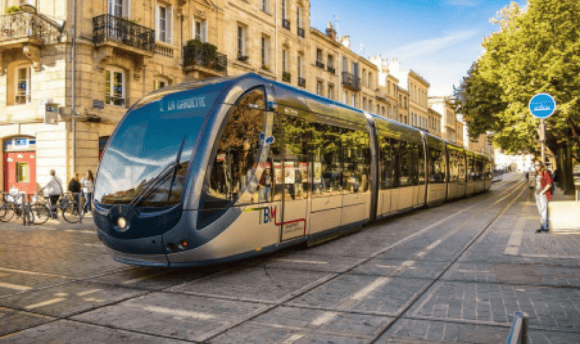Public Transport in Europe: A Model of Efficiency and Sustainability
Public transport in Europe is renowned for its efficiency, sustainability, and extensive coverage. With a well-developed network of trains, buses, trams, and metros, European cities and regions provide residents and visitors with reliable alternatives to private car use. However, challenges such as congestion, funding, and environmental concerns still exist. This article explores the current state of public transportation in Europe, key challenges, and potential improvements for the future. Current State of Public Transport Europe boasts some of the most advanced and integrated public transport networks in the world. The primary modes of public transport include: High-Speed Rail (HSR): Countries like France, Germany, and Spain have extensive high-speed rail networks, such as the TGV, ICE, and AVE, which connect major cities efficiently. Metro and Subway Systems: Cities like London, Paris, Berlin, and Madrid have extensive underground networks that provide rapid urban transit. Trams and Light Rail: Many European cities, including Amsterdam, Vienna, and Zurich, maintain efficient tram networks that enhance urban mobility. Buses: Public and private bus networks operate widely across cities and rural areas, often integrated with train and tram services. Ferries and Water Transport: Cities such as Venice, Stockholm, and Helsinki incorporate water-based transport as an essential part of their public transit systems. Challenges Facing Public Transport in Europe Despite its strengths, European public transport faces several challenges: Congestion and Overcrowding: Major urban centers experience high passenger volumes, leading to overcrowded buses and trains, especially during peak hours. Infrastructure Maintenance: Many transport systems, particularly older metro networks, require ongoing investment to modernize facilities and improve reliability. Regional Disparities: While Western Europe has world-class transport systems, some Eastern European countries still struggle with outdated infrastructure and funding shortages. Environmental Concerns: Although public transport is more sustainable than private cars, diesel-powered buses and older trains still contribute to pollution. Funding and Affordability: Balancing public funding, ticket prices, and operational costs remains a challenge for many transit authorities. Future Prospects and Innovations To address these challenges, European cities and governments are implementing new initiatives to enhance public transport: Expansion of High-Speed Rail: The European Union (EU) continues to invest in cross-border rail links to improve connectivity and reduce flight dependency. Electrification and Green Transport: Many cities are replacing diesel buses with electric and hydrogen-powered alternatives to reduce carbon emissions. Smart Ticketing and Integration: Contactless payment systems and mobility-as-a-service (MaaS) platforms help streamline public transport access across multiple modes. Urban Mobility Solutions: Expansion of bike-sharing schemes, pedestrian-friendly zones, and last-mile transport options like electric scooters. EU Sustainability Goals: The European Green Deal aims to make transport more sustainable, with a focus on reducing emissions and promoting public transit over private car use. Conclusion Public transport in Europe is a benchmark for efficiency, sustainability, and integration. While challenges persist, continuous investment in infrastructure, green technology, and smart mobility solutions ensures that European cities remain at the forefront of public transport innovation. By prioritizing sustainable and accessible transit systems, Europe can continue to provide a model for other regions to follow.
3/29/20251 min read


My post content
